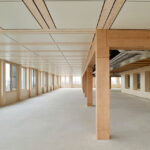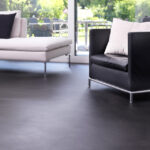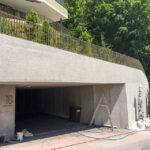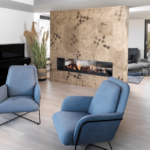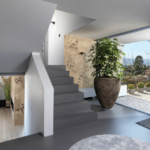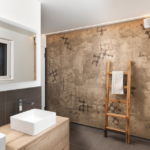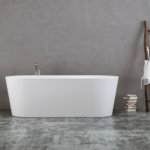- Home
- Competencies
Facade construction

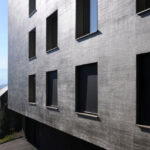


- Service
- About Us
- Contact
Headquarters in Emmen
-
MVM AG
Kirchfeldstrasse 44
6032 Emmen - 041 289 04 04
- mail@mvm-ag.ch
-
Monday - Friday
08:00–12:00 / 13:30–17:00
Zug location
-
MVM AG ZG
Commercial Street 11
6330 Cham - 041 758 18 57
- mail@mvm-ag-zug.ch
-
Monday - Friday
08:00–12:00 / 13:30–17:00
Sursee location
-
MVM AG Sursee
Surentalstrasse 10
6210 Sursee - 041 920 35 15
- mail@mvm-ag.ch
-
Monday - Friday
08:00–12:00 / 13:30–17:00
Stans location
-
MVM AG Stans
Hansmatt 30
6370 Stans - 041 610 00 42
- mail@mvm-ag.ch
-
Monday - Friday
08:00–12:00 / 13:30–17:00
-
MVM AG
- Rental
- Shop
Drywall: the inexpensive alternative for interior renovation
- Competently. Innovative. Qualitatively.
- from MVM AG
- June 16, 2021
- Remodeling with drywall
Are you planning to renovate, but the high renovation costs are preventing you from finally tackling the project? A Remodeling with drywall is an inexpensive solution when it comes to redesigning existing living space. In this article you will find out what drywall is exactly and what advantages it offers.
What is drywall?
Drywall is part of the plastering trade and describes the production of space-delimiting structures, i.e. walls, ceilings and floors. In contrast to wet construction, the individual components are often standardized and can be assembled on site using screws, plug-in assembly or clamps.
The name drywall came about because no water-containing building materials such as concrete or mortar are used when converting with drywall.
Dry construction measures are mostly used for renovation work. The existing rooms can be completely redesigned with plasterboard, as there is no need to pay attention to the load-bearing capacity of the walls. Elaborate masonry work is no longer necessary with this method.
When converting with drywall, the building elements often consist of three components:
- plasterboard
- Metal profiles as a stand
- Mineral wool as an insulating material
The drywall wall
The drywall is probably the best-known measure in drywall. Any partition walls can be built with such walls. Redesigning an existing room couldn't be easier!
In order to properly build such a partition wall, the specialist usually uses plasterboard or gypsum fiber boards. The panels are mounted on a specially made substructure, which is either made of wood or metal. Which material is more suitable is often decided on site. Two important factors that influence this decision are the budget for the renovation and the time available.
Renovation with drywall: these are the advantages
A conversion with drywall offers many advantages. With this method it is possible to change the complete floor plan of an existing building in a relatively short time. The entire cable system can also be easily integrated or renewed. A conversion with drywall is also cheaper than having to rebuild every wall. This is due on the one hand to the time saved and on the other hand to the lower material costs.
The design options are also extremely diverse. Complex structures such as bends or curves are no problem for experienced craftsmen. You can also disregard the load-bearing capacity of the walls when planning. Since there is no Cement is used, the walls can be easily removed again if necessary.
Remodeling with drywall: the disadvantages
Due to fire protection regulations, etc., drywall walls are only suitable for indoor use. In view of their light construction, they are, in contrast to masonry walls, rather unsuitable for heavy loads. For example, if you want to attach a heavy shelf or bathroom fittings to a drywall, you have to plan for separate carrying devices.
Conclusion
Renovation work and the construction of new walls don't have to be expensive. Drywall is an inexpensive, quick and reliable alternative that has many advantages.
Contact us now. We at MVM AG will be happy to advise you individually and realize your next drywall project.








